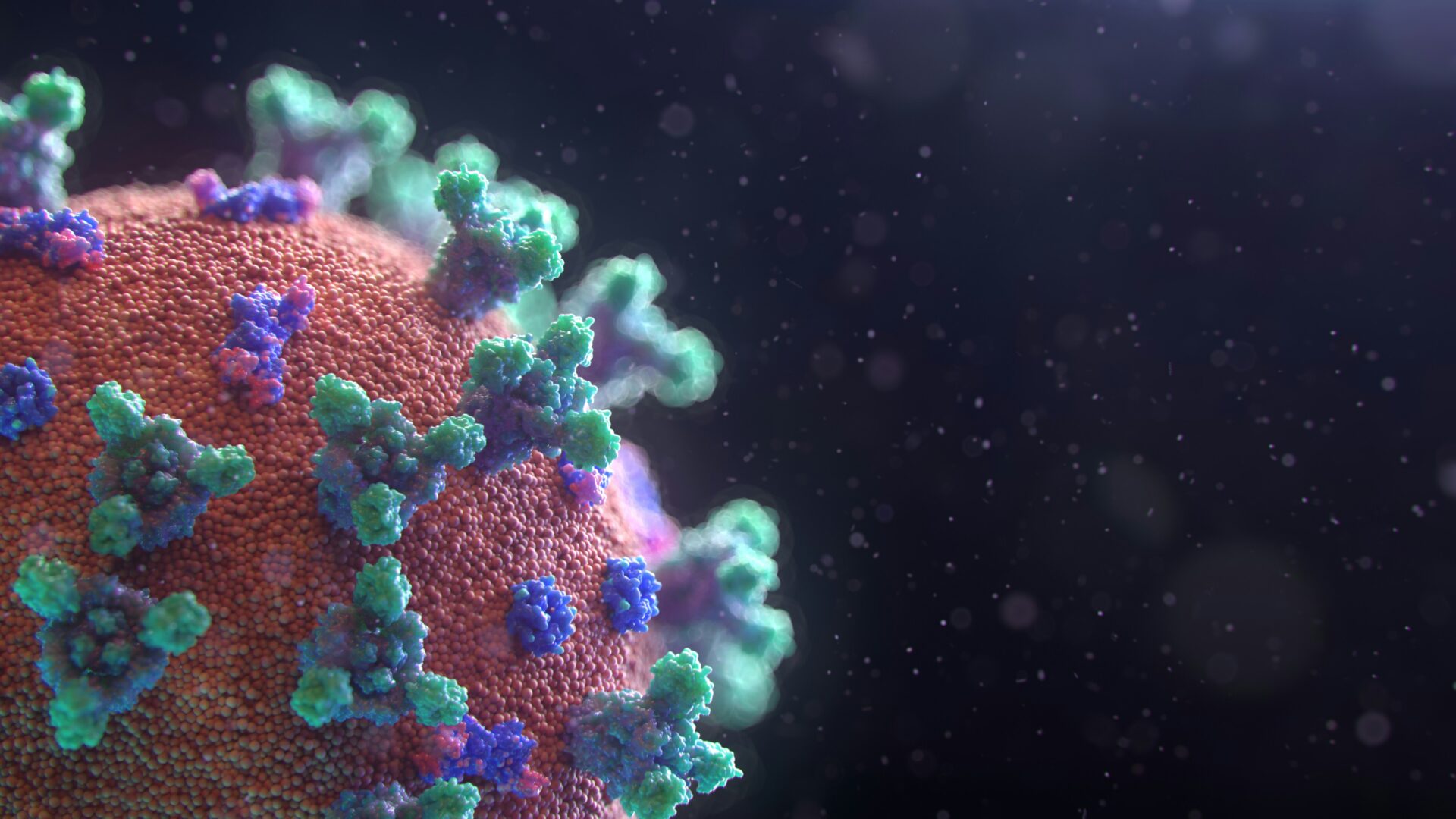The Hidden Dangers of Contaminated Drinking Water: Viruses, Bacteria, and Parasites
By Finlay Gilkinson – 24/03/2025
Water is the essence of life, but when contaminated with harmful pathogens, it can become a silent killer. Across the world, millions of people fall ill due to waterborne diseases caused by viruses, bacteria, and parasites. Understanding the risks associated with drinking contaminated water is crucial to protecting your health and ensuring access to clean and safe water sources.

The Three Major Threats in Contaminated Water
1. Viruses
Viruses are microscopic infectious agents that require a host to replicate. Unlike bacteria, they cannot be treated with antibiotics, making prevention and clean water access critical.
2. Bacteria
Bacteria are single-celled microorganisms that can multiply rapidly in the right conditions, leading to infections and disease outbreaks.
3. Parasites
Parasites are organisms that live off a host, often causing debilitating illnesses in the process.
Health Consequences of Drinking Contaminated Water
Consuming water contaminated with these pathogens can have serious health effects, including:
Preventing Waterborne Diseases
To protect yourself and your community from contaminated drinking water, consider the following precautions:
Final Thoughts
Drinking contaminated water poses a significant risk to human health, but awareness and proper preventative measures can save lives. Whether at home or traveling, ensuring access to safe drinking water should always be a priority. By staying informed and taking proactive steps, we can prevent waterborne diseases and contribute to a healthier future for all.
Ready to find the perfect job?
Our team of experts work with an extensive network of employers. Submit your CV to ensure you’re a part of our network of talented candidates and we’ll make you aware of opportunities before they are even posted.
